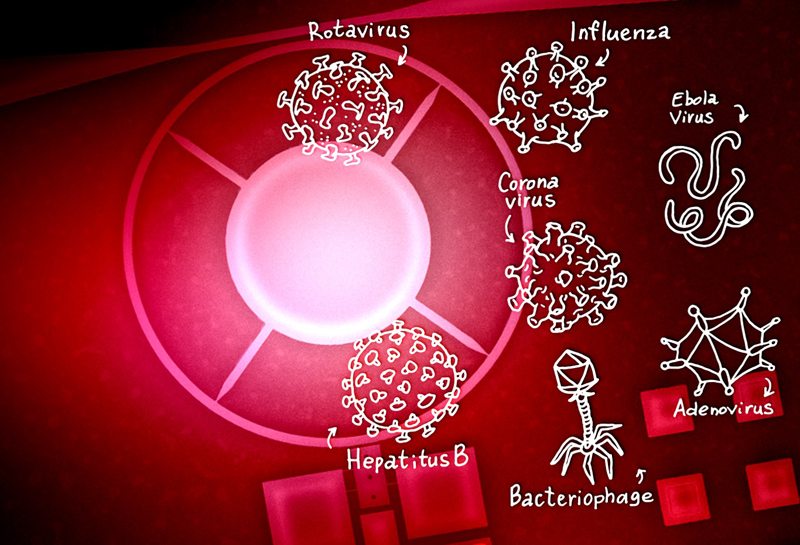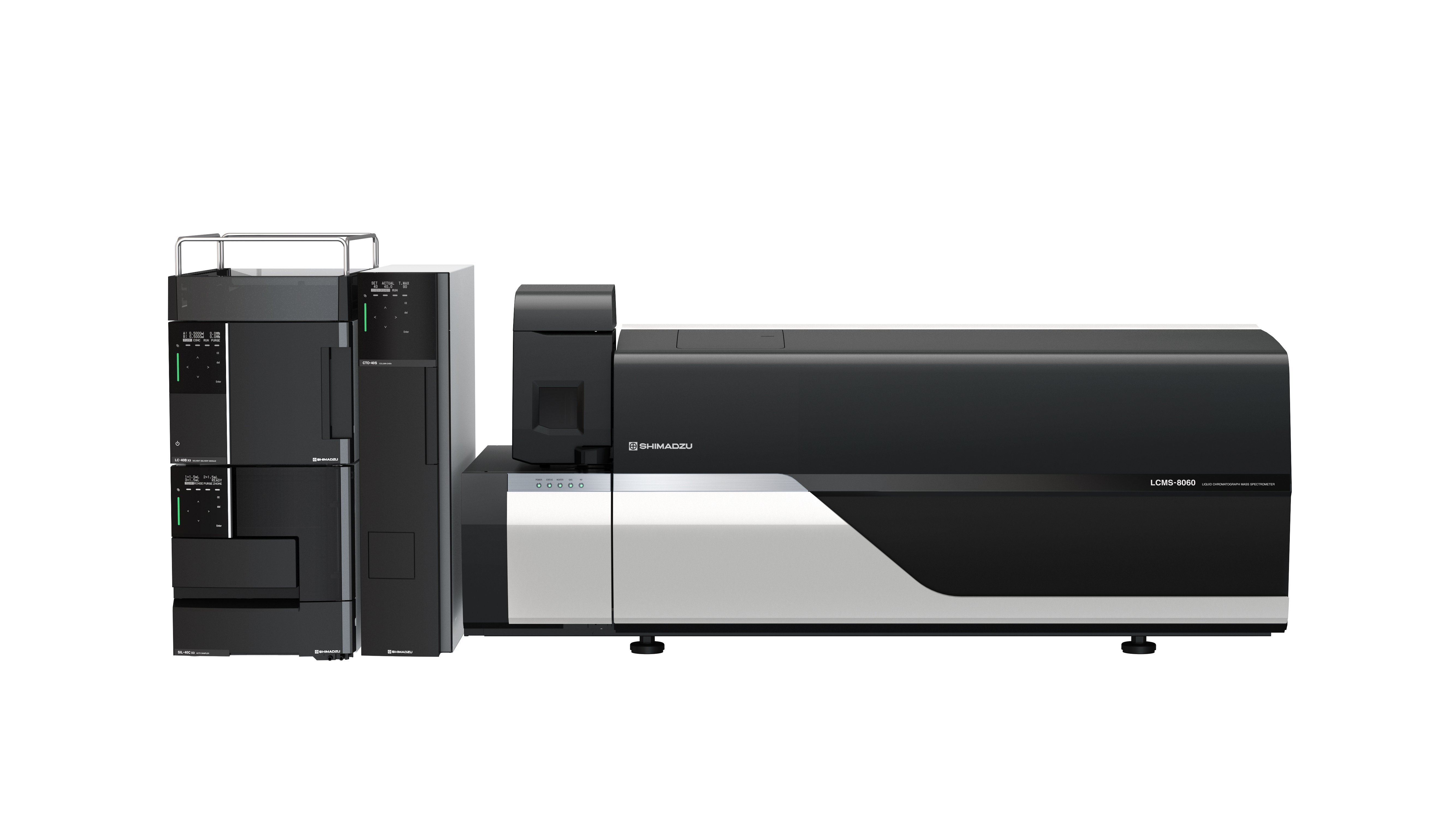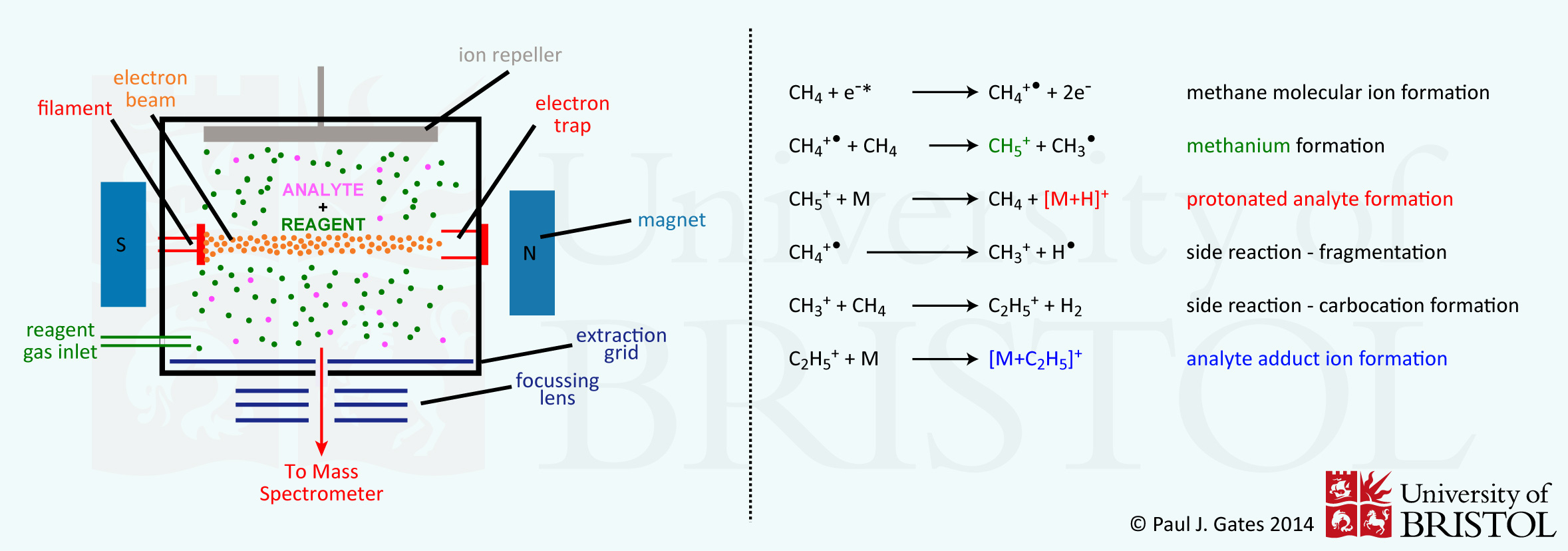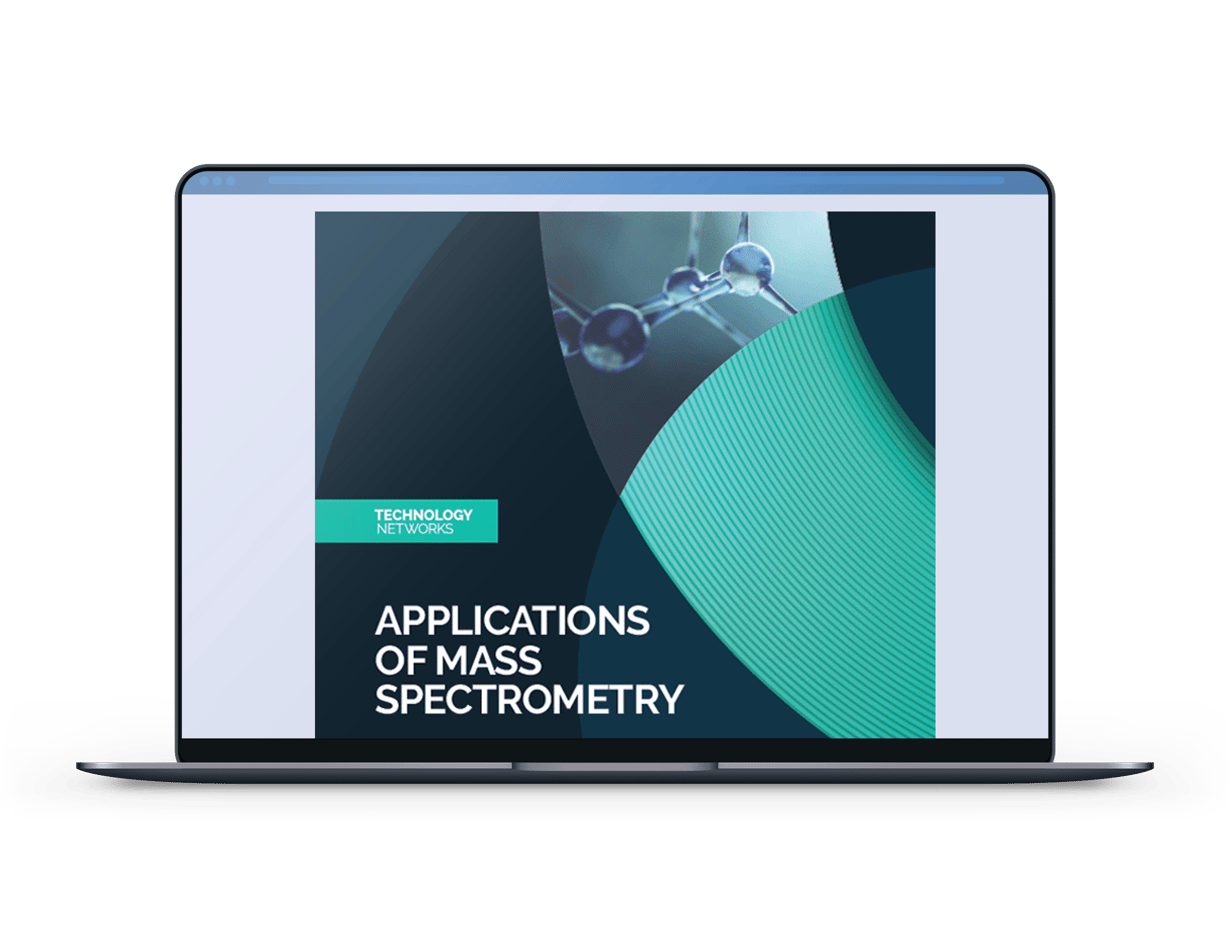
Ultra High Resolution Imaging Mass Spectrometry for Advanced Clinical
Coldspray ionization (CSI) mass spectrometry (MS) has been developed and applied to characterize labile organometallic compounds. While conventional ESI is not applicable to those compounds because of their instability to heat and/or air, CSI affords multiply charged molecular ions with many solvents molecules attached. Here we describe the CSI method and its application to several labile.

Computational mass spectrometry
Figure 6.3.2 6.3. 2: Diagram of Electrospray Ionization (Banerjee & Mazumdar, 2012) The electric field also directs the spray toward the mass spectrometer while droplets diminish in size (solvent evaporation) 1. This process is described pictorally in Figure 6.3.3 6.3. 3 below. Once the electrospray droplets pass through the heating capillary.

Mass Spectrometry and Chip LC Technology from AB SCIEX YouTube
A simple method was developed for the generation of cesium iodide (CsI) cluster ions up to m/z over 20,000 in matrix-assisted laser desorption/ionization mass spectrometry (MALDI MS).

Mass Spectrometry Professor Dave Explains
The mixture solutions were infused into the Q Exactive hybrid quadrupole-Orbitrap mass spectrometer via the custom CSI device at a flow rate of 10 μL/min. Results demonstrated that the glycyrrhizic acid/aconitine self-assembled complex was observed in the positive ion mode with a binding ratio of 1:1 ([glycyrrhizic acid/aconitine+H] +) at m/z.

Figure 2 from Solventdependent assembly of discrete and continuous
Mass spectrometry is a predominant experimental technique in metabolomics and related fields, but metabolite structural elucidation remains highly challenging. We report SIRIUS 4 (.

CSI Mass Effect 2 With Wrex YouTube
A direct solution analysis method, cold-spray ionization (CSI) mass spectrometry (MS), a variant of electrospray (ESI) MS operating at low temperature (ca −80 to 10 °C), allows the facile and precise characterization of labile organic species, especially those in which non-covalent bonding interactions are prominent.

Mass spectrometry parameters used during analyses. 524 Download
Coldspray ionization (CSI) mass spectrometry, a variant of electrospray ionization (ESI) operating at low temperature (20 to −80. °C), has been used to characterize protein conformation and noncovalent complexes.. A comparison of CSI and ESI was presented for the investigation of the equilibrium acid-induced unfolding of cytochrome c, ubiquitin, myoglobin, and cyclophilin A (CypA) over a.

CSI mass spectra of Fujita's M n L 2n sphere 1 (n = 6), sphere 2 (n
A direct solution analysis method, cold-spray ionization (CSI) mass spectrometry (MS), a variant of electrospray (ESI) MS operating at low temperature (ca −80 to 10 C), allows the facile and precise characterization of labile organic species, especially those in which non-covalent bonding interactions are prominent.

Mass spectrometry A level home learning (selfstudy) Teaching Resources
Abstract Calibration is vital for accurate m/z measurements. This review informs on calibration and possible calibrants for ESI-MS, highlighting analytical considerations important for high accuracy and precision.

The large and monisotopic clusters of CsI have made it the compound of choice for calibrating mass spectrometers for high mass analysis. The series of equally spaced peaks extend over a wide.

(PDF) Measurement of trace 129I concentrations in CsI powder and
The mass spectrometry data for Rivularia sp. cyanobacteria were deposited at MassIVE (accession no. MSV000085578). The spectra for rivulariapeptolide 1155 were annotated in the GNPS spectral.

Mass Spectrometry SHIMADZU EUROPA
A direct solution analysis method, cold-spray ionization (CSI) mass spectrometry (MS), a variant of electrospray (ESI) MS operating at low temperature (ca -80 to 10 degrees C), allows the facile.

Mass Spectrometry Facility CI
Untargeted mass spectrometry is employed to detect small molecules in complex biospecimens, generating data that are difficult to interpret. We developed Qemistree, a data exploration strategy based on the hierarchical organization of molecular fingerprints predicted from fragmentation spectra.
CSIMS spectrometry of 3 upon reaction with KO2. The graphics depict
Cold spray ionization mass spectrometry (CSI-MS) is a variant of ESI-MS that promotes ionization by increasing the polarizability of the compound at low temperature [17]. This native-MS technique allows the facile and precise characterization of weak noncovalent interactions in solutions compared to the conventional ESI method [18].

Applications of Mass Spectrometry
A simple method for measuring CsI cluster ions ((CsI) n Cs + and (CsI) n I −) from CsI 3 for mass calibration was developed using matrix-assisted laser desorption/ionization mass spectrometry (MALDI-MS). The application of CsI 3 with an additive, sugar alcohol (e.g., glycerol) or saccharide (e.g., dihydroxyacetone), on the MALDI plate resulted in an adequate series of CsI cluster ions within.

(PDF) Laser induced formation of CsI ion clusters analyzed by delayed
Cold-spray ionization (CSI) is designed for the MS detection of labile organic species. It is used to analyze the structures of biomolecular complexes and labile organic species in solution.